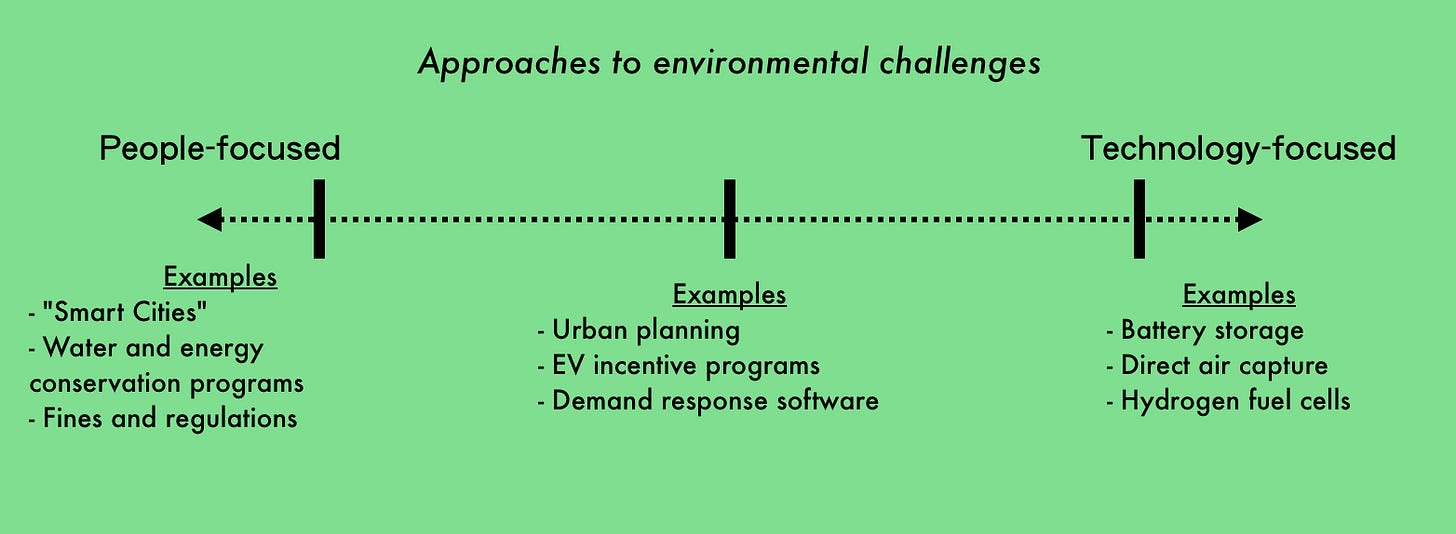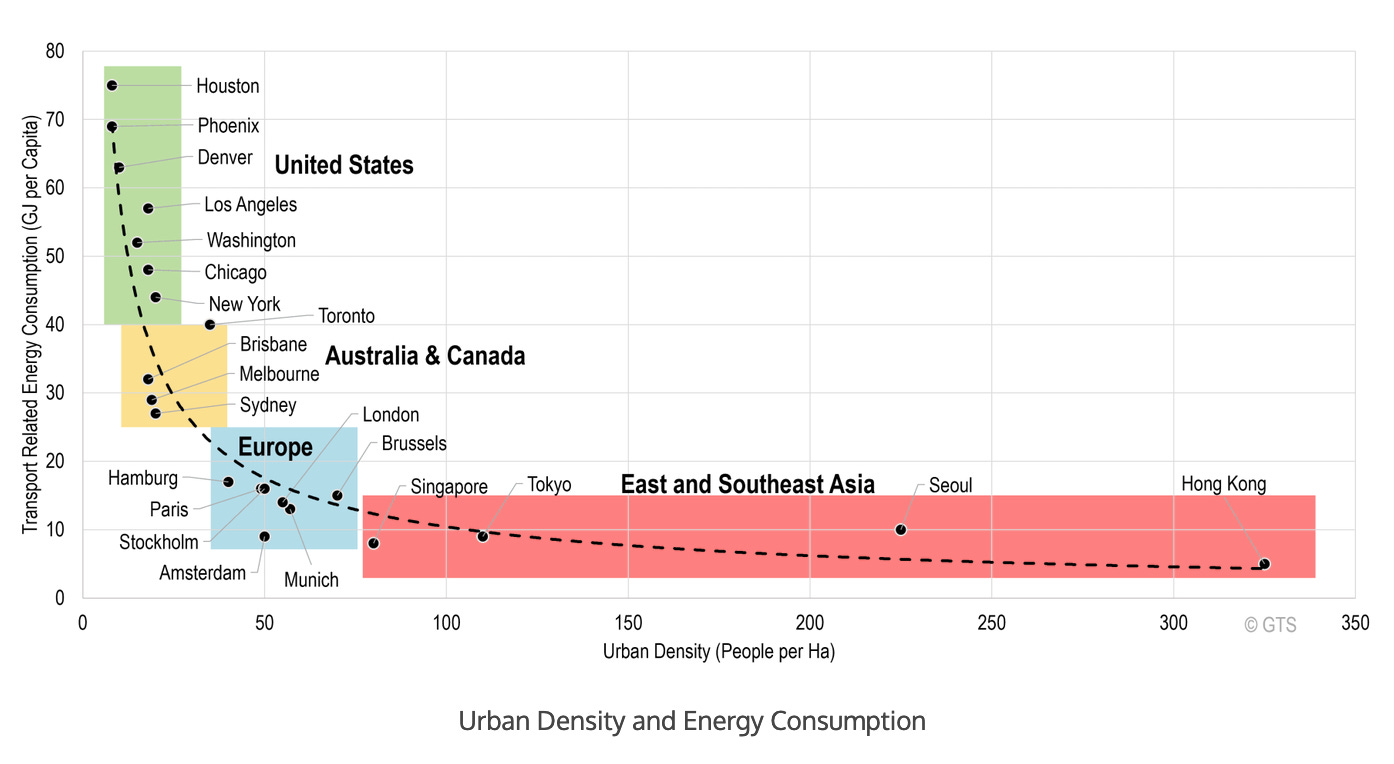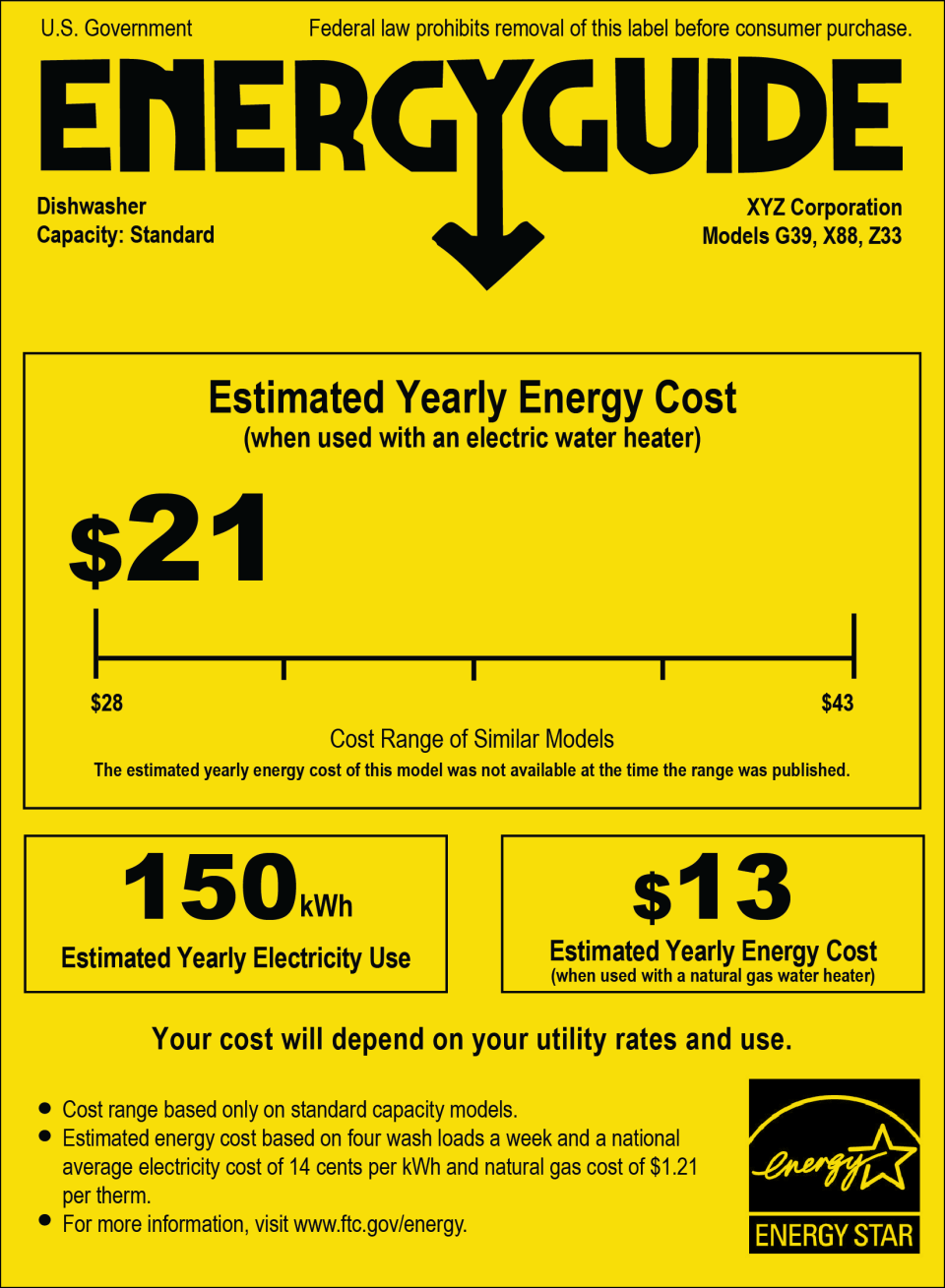Technology Swap Meet
Impressive advancements in renewable energy technologies grab most headlines, but focusing on technology alone misses the real opportunity
Good morning,
Over the past several weeks, there have been a number of high profile announcements regarding technological breakthroughs and disbursements of federal funds to support renewable energy developments.
Whether they be new battery developments or massive outlays to support hydrogen production, headlines are replete with announcements of new technologies and funding streams that will help make a dent in climate emissions.
The fact that more money and brainpower is being devoted to changing how we produce, store, and use electricity is fantastic, but headlines are missing a key part of the story - shifting personal preferences in how we work, live, and move around are creating unique opportunities to adapt technologies in novel ways.
The People and Technology Spectrum

Take a look at the simple spectrum above.
On the right side you’ll find some of the technological developments previously mentioned. Battery storage, direct air capture, and hydrogen fuel cells are just a few of the terms you may have seen grace your newsfeeds this year.
These technology plays are enormously important as they provide the technical counterweights that will help launch humanity away from fossil fuel driven power generation towards a more sustainable future.
Yet, the underlying expectation for many of these technological developments is that new, green, renewable technologies will replace outdated and carbon intensive technologies and we’ll continue on our way with business as normal.
Consider the following statements:
Solar, wind, and hydropower plants will replace traditional fossil fuel plants
Electric vehicles will replace gas powered vehicles
Distributed energy generation will displace some centralized energy generation
The above may be true, but changing human expectations and interests offer a unique opportunity to tailor technology, funding, and planning to not simply replace what currently exists, but combine to create something new altogether.
To drive or not to drive
To illustrate this point, consider a recent report by Smart Growth America that shows that there is increasing demand to live in walkable urban environments. The report itself is a meticulous in-depth look at consumer preferences and housing prices, but, for brevity’s sake, I’ll summarize it as:
People will pay premium prices to live in a place where they don’t need to get in a car to buy groceries, go out to eat, or go to work. The United States has relatively few cities that meet this definition and they also happen to be some of the most expensive.
This sheer lack of affordable, walkable options is an issue for anyone looking to avoid spending time in the car, but this becomes an even bigger issue when you consider the energy and emissions implications.
Take a look at the chart below that places global cities on an energy consumption spectrum:
The cities on the upper left of the graph are the least dense and also happen to consume the most energy for travel and commuting. They are also all in the United States.
As you progress downward and to the right, the cities become more dense and the energy costs associated with travel decline because places of interest are closer together and there are multiple public transit options.
Clearly, replacing gasoline consuming vehicles with electric vehicles will have an enormous impact on carbon emissions. But, as the two sources highlighted above indicate, U.S. cities that have been built around private vehicle transportation will always be more energy intensive than those that have been built with higher densities and public transit in mind.
While keeping this fact in mind, it seems that there is a real opportunity to link new technologies with changing behaviors and interests to not just build more electric cars, but design more effective cities so that there are more options than taking your own private or ride-share vehicle.
Key Takeaways
More than a straight swap
Reducing carbon emissions and adapting to climate change is more than just a technology swap. Changing your gasoline powered vehicle for an electric powered vehicle might be a great option, especially if you get your electricity from renewable sources.
The thing is, positive environmental effects compound and grow when technologies are combined with changing human interests, behavioral elements, and, perhaps most importantly, significant funding.
Given that funding and interests are aligned, now is the time to begin re-imagining infrastructure to find the right balance of technology and human-driven design elements. Smarter, walkable cities are one opportunity. Microgrids, where various private, rooftop solar installations are linked together to provide greater grid resiliency and backup, are another.
People first
The “people” side of the spectrum was barely touched upon in this article, but changing personal interests coupled with other behavioral carrots and sticks can have a powerful effect on emissions.
The renewed interest in walkable cities is one example of how intelligent urban design can save emissions by reducing the need for a vehicle altogether.
Even simple reminders such as the U.S. Environmental Protection Agency’s Energy Star program can have tremendous effects on emissions. The EPA estimates that the simple yellow sticker you may see on washers, dryers, and other electricity consuming appliances has avoided around 4 billion metric tons of pollution between 1992 and 2020 - an amount that is predicted to have saved anywhere from $7 - $17 billion in public health benefits due to avoided pollution and emissions.
The new cars and battery packs grab all the attention, but, when you couple those technology advancements with people-focused programs and designs, you drive significant environmental change.
Shifting personal preferences in how we work, live, and move around are creating unique opportunities to adapt technologies in novel ways.




